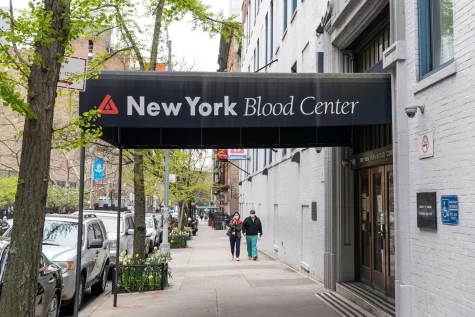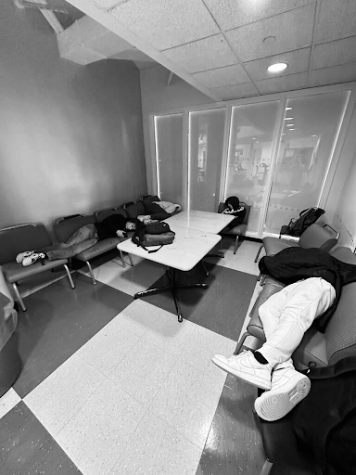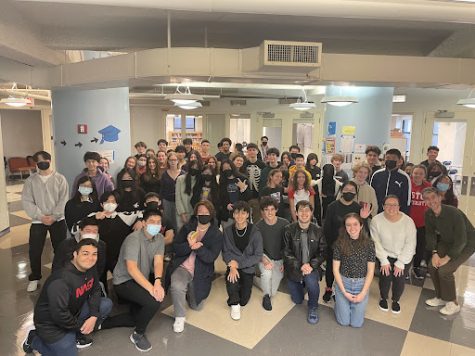Triple Test Threat
All over the country, students in high school take the SAT and ACT. For many, the months and even years that lead up to the nerve wracking test are filled with hours of studying strategies and tactics. Hundreds of test prep books claim to not only boost overall scores by many points, but also to guarantee success. There is a reason why frenzied students and parents shell out hundreds of dollars and even thousands on test prep. These two tests account for around 30% of college applications for millions of students, helping to determine which college they will be accepted to.
The Scholastic Aptitude Test, known to students as the SAT, administered by the College Board, is three hours long, not including the optional essay. The SAT consists of two math sections, one reading, and one writing section. Typical 9th and 10th graders take a slightly shortened version of each section of the SAT, referred to as the PSAT (Practice SAT). It is fifteen minutes shorter and is scored out of 1520, unlike the 1600 scoring system of the SAT. The PSAT is a useful benchmark score for 9th graders. However, in 10th grade, the PSAT counts towards a national merit scholarship, NMS. More of a title than an actual scholarship, the NMS is recognized by many colleges and can provide advantages.
The ACT differs from the SAT in that it has a science section, consisting of graph analysis, instead of the math no calculator section. It is scaled out of 36, and although questions are slightly easier, there is more of a time constraint. For instance, while the College Board administers the writing section of the SAT with 44 questions and 35 minutes, ACT, Inc. oversees ACT tests with 75 questions in 45 minutes.
On October 8th, ACT, Inc. declared that starting in September 2020, students will be able to take digital ACTs and retake specific sections. Additionally, superscored scores can be sent directly to colleges, saving many families money. Students will receive digital test scores within 2 business days. These policy changes were spurred by an ACT security infringement last September which caused ACT, Inc. to cancel a school-day testing administration. This new system of digital testing will bring substantial security and authenticity to tests. Although not all colleges superscore the ACT, more are following the practice with each passing year.
Unlike many other high schools in New York City, the PSATs are not available in October for 10th graders here at Millennium, but rather in the spring. This is a source of frustration for many, as some students feel a lack of a complete understanding of where they stand on their college journey. As Samsara Shrivastava, a sophomore at Millennium says, “I would’ve liked to take the PSAT in October just to get a sense of where I am academically.” By doing this, she feels that she could have a clearer understanding of what to improve on for future PSATs and eventually the SAT. “I think this negatively impacts our school because it doesn’t take advantage of all the preparations we as students could have and utilize,” she says. There is no doubt that PSATs offered in school are not the only way to prepare for the SATs; the plethora of test prep books guarantee that. However, PSATs in school may increase chances of success even more. There is no doubt that there are differences in the SAT and ACT, and that they are designed to help students achieve the highest score. The only question is how adequately one can prepare for them, and if schools like Millenium can further helping sophomore and freshman grades excel on these tests.






